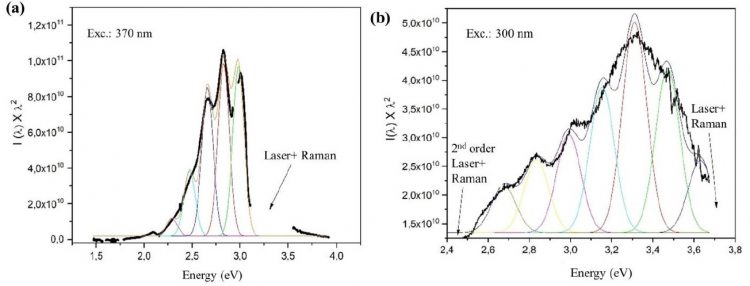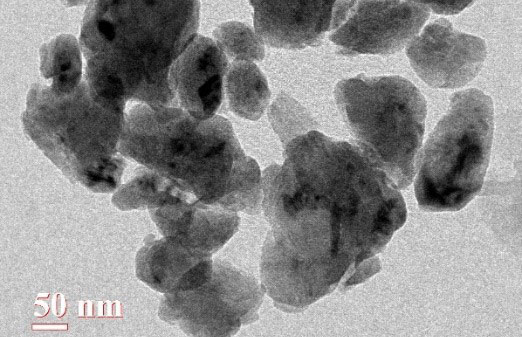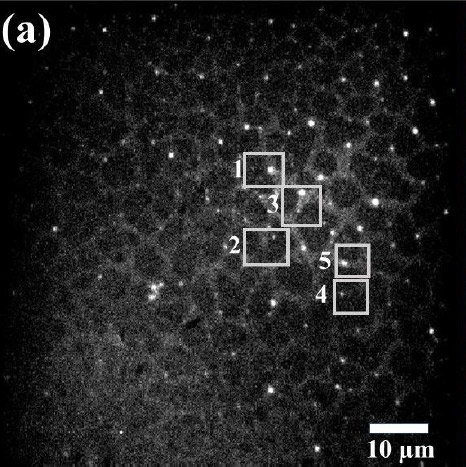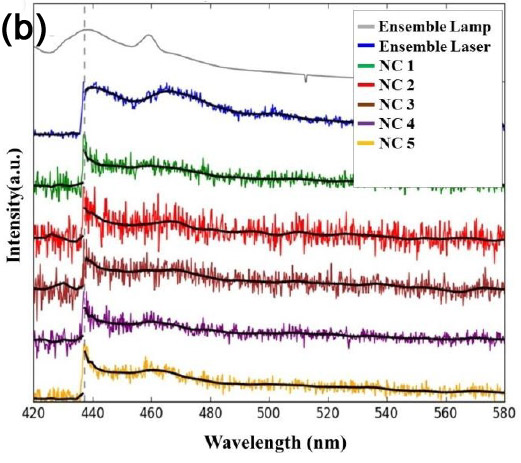Luminescent silicon nanocrystals (SiNCs) are interesting for their potential use in LEDs, displays, lasers, photovoltaic spectral-shifting filters. While a lot of effort has gone into improving the radiative emission rate in SiNCs using quantum confinement, strain and ligands, the emission efficiency remains low, and existing methods are not easily up-scalable, thus do not provide high material yield for industrial applications.
We show that high-energy ball milling can be used to produce large quantities of highly emissive SiNCs. In this technique, balls with high kinetic energy collide with the walls of the chamber and other balls, crushing the particles in between, followed by wielding, fracture and re-wielding phenomena, reducing the particle size and increasing strains in the samples. Theoretically, strain alongside with quantum confinement can indeed enhance radiative emission rates, but also defect states due to incorporation of interstitial atoms from the ball milling can lead to enhanced emission.
In this study, we investigate the photo-physical properties of ball-milled silicon nanocrystals to reveal the origin of their emission. We find that the induced accumulation of high strain, quantum confinement and possibly also impurities in SiNCs result in the
visible light spectrum photoluminescence at room temperature. This method is low cost and easily up-scalable to industrial scale.
The transmission electron microscopy image above shows the irregular shape of the polydisperse nanocrystals. The photoluminescence spectra obtained at 370nm and 300nm excitation are shown in Fig. 1. These indicate the occurrence of equidistant peaks, indicative of phonon replica. The large number of visible replicas is surprising, since this indicates unusually
strong exciton-phonon coupling. It is known that impurity atoms can act as a localized emission centers, possibly resulting in
considerable exciton-phonon coupling, responsible for the occurrence of phonon replicas. Since such high exciton-phonon coupling has not been reported from alkyl-capped Si NCs (Si-C) or oxidized Si NCs (Si-O), it is unlikely that the Si-O or Si-
C vibrations caused such a highly structured PL, which lends credence to the possibility of the involvement of transition metal impurities in the emission process.
To further analyze the possible size-dependence of the PL, we measured PL from single Si NCs using an optical micro-spectroscopy setup, coupled to atomic force microscopy (AFM), allowing us to correlate size and PL from single nano-objects. For selected Si nanoparticles, we recorded the emission spectrum using a slit to reduce the detected area. Interestingly, we find no significant change in the PL peak position for the different particles. Furthermore, the PL spectral shape (width and multi-phonon peak structure) appears to be the same for ensemble and separate nanoparticles measurements, indicating a robust PL mechanism.
Read our paper in Faraday Discussions

Figure 2 Single-dot spectroscopy of ball-milled Si nanocrystals. Selected nanocrystals are shown in the PL image on the left; their spectra are shown on the right. All spectra show very similar features, indicating similar PL mechanisms.


